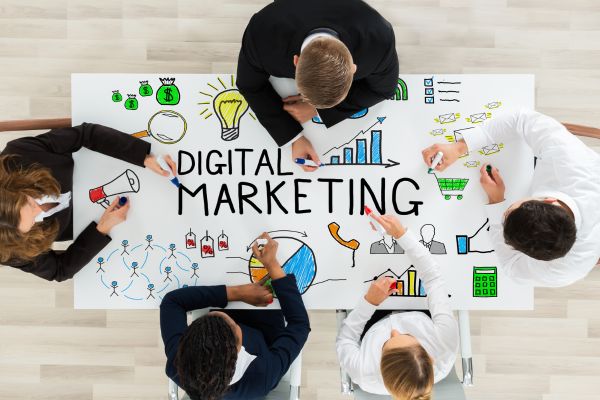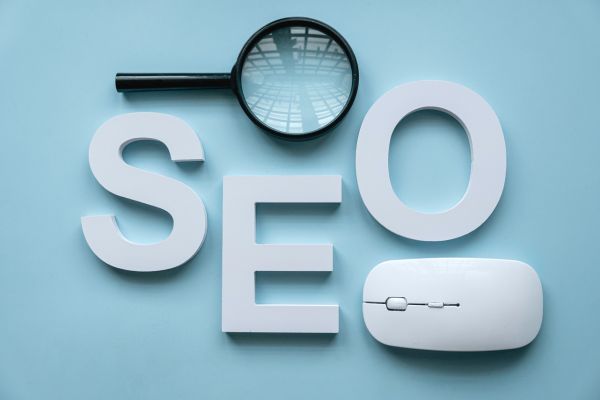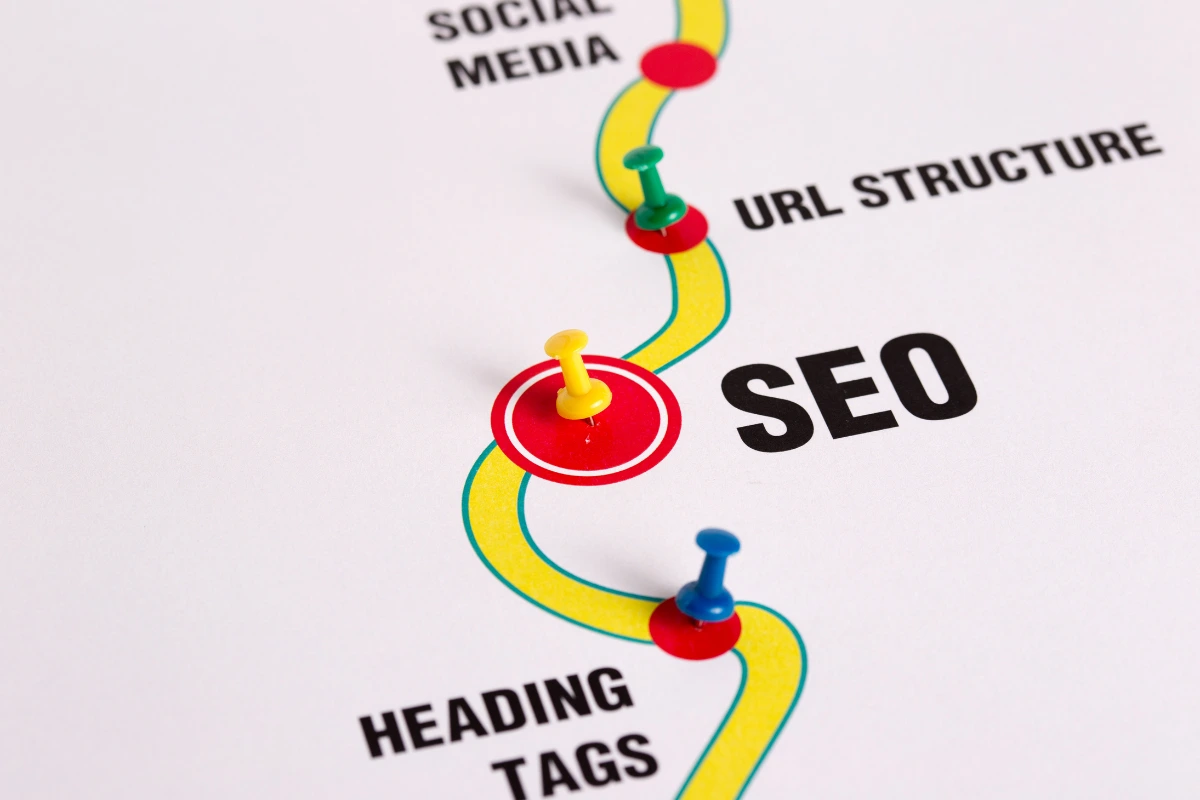What is Omnichannel Marketing? Definition & Strategy

Marketing has undergone tremendous transformation over the years. As consumers interact with brands through multiple platforms, businesses need to adopt more integrated approaches to reach and engage their audience. One such approach gaining significant importance is Omnichannel Marketing.
Definition of Omnichannel Marketing
Omnichannel Marketing refers to a strategic approach where a business creates a seamless, integrated customer experience across all channels and devices. The goal is to ensure that no matter how or where a customer chooses to interact with a brand—whether through a physical store, website, mobile app, social media, email, or call centre—the experience is consistent and connected.
Unlike traditional multichannel marketing, which may have several isolated channels working independently, omnichannel marketing links all channels into a single cohesive ecosystem. This integration allows customers to switch from one channel to another effortlessly without losing context.
Key Aspects of Omnichannel Marketing:
- Customer-Centric: The focus is on the customer’s journey rather than individual channels.
- Seamless Experience: The interactions across different platforms are smooth and connected.
- Unified Data: Customer data from all channels is combined to provide personalised experiences.
- Consistent Messaging: Brand messaging remains consistent across all touchpoints.
How Omnichannel Marketing Differs from Multichannel Marketing
It is important to understand the difference between multichannel and omnichannel marketing, as the terms are sometimes used interchangeably but have distinct meanings.
- Multichannel Marketing uses multiple channels to reach customers but these channels often operate in silos. For example, a brand may have a website, social media pages, and physical stores but they do not communicate or share data with each other. Customers may get varied experiences on each channel.
- Omnichannel Marketing breaks down these silos by integrating all channels to create a holistic experience. Customer data flows freely, enabling brands to track interactions and preferences seamlessly across touchpoints. For instance, a customer adding a product to the cart on the mobile app can complete the purchase on the website or in-store without any disruption.
Why Omnichannel Marketing is Important
Consumers today expect flexibility and convenience in their interactions with brands. They do not restrict themselves to a single channel but rather hop between online and offline platforms as per their convenience. This shift has made omnichannel marketing essential for businesses that want to stay competitive and build lasting customer relationships.
Some reasons why omnichannel marketing is gaining prominence include:
- Enhanced Customer Experience: Offering a smooth, personalised experience builds customer satisfaction and loyalty.
- Improved Customer Retention: Integrated communication reduces frustration and confusion, keeping customers engaged.
- Increased Sales Opportunities: Customers are more likely to purchase when they can switch channels without losing progress or context.
- Better Insights: Combining data from various channels provides a comprehensive understanding of customer behaviour, helping improve marketing strategies.
- Competitive Advantage: Businesses adopting omnichannel strategies stand out in crowded markets by meeting customers’ evolving expectations.
Components of an Effective Omnichannel Marketing Strategy
Building a successful omnichannel marketing strategy involves careful planning and execution. Here are the essential components:
1. Understanding the Customer Journey
Before implementing an omnichannel strategy, it is crucial to map the customer journey in detail. This involves identifying all possible touchpoints a customer might use — from discovering the product to making a purchase and after-sales support.
Knowing how customers move across channels, their preferences, pain points, and motivations enables businesses to design a seamless experience that meets their needs.
2. Integration of Channels and Platforms
The core of omnichannel marketing lies in integrating all customer-facing channels. This includes:
- Physical stores
- Websites and e-commerce platforms
- Mobile apps
- Social media networks
- Email and SMS marketing
- Call centres and customer support
Integration ensures that information such as customer preferences, purchase history, and browsing behaviour is shared across these platforms in real-time.
3. Unified Customer Data Management
Collecting, storing, and analysing customer data from multiple sources is vital. A robust Customer Relationship Management (CRM) system or a Customer Data Platform (CDP) can unify data to provide a single customer view.
This consolidated data allows marketers to personalise interactions, recommend relevant products, and time their communications optimally.
4. Personalisation and Consistency
Customers expect relevant offers, recommendations, and communication tailored to their needs. Personalisation must be consistent across all channels.
For example, if a customer receives a discount coupon via email, the offer should be redeemable on the website, mobile app, or physical store without confusion or restrictions.
5. Cross-Channel Communication
Effective omnichannel marketing depends on cross-channel communication. Messages sent on one platform should complement and enhance those on others.
If a customer abandons a cart on the website, a follow-up reminder can be sent via SMS or push notification. Similarly, customer support interactions should reference previous purchases or complaints irrespective of the channel used.
6. Measuring and Optimising Performance
Finally, continuous measurement of campaign performance and customer satisfaction is crucial. Businesses need to track metrics such as conversion rates, customer retention, average order value, and channel engagement.
Using these insights, the strategy should be regularly refined to improve results.
Examples of Omnichannel Marketing in Action
To understand omnichannel marketing better, let’s consider a few practical examples:
Retail Industry
Imagine a customer who browses a clothing brand’s website and adds a jacket to their cart but doesn’t complete the purchase. Later, while walking through a physical store, the customer receives a personalised notification on their mobile app about an ongoing sale on jackets.
The sales associate in the store can also access the customer’s online browsing history and offer tailored assistance. The customer then purchases the jacket at the store, and the transaction reflects immediately across their online profile.
This experience is a classic example of omnichannel marketing where digital and physical channels work together seamlessly.
Banking Sector
Banks today use omnichannel strategies to provide consistent services across ATMs, mobile apps, online banking portals, and branch offices. A customer may initiate a loan application online and complete the documentation at a branch without repeating any steps.
Customer service representatives have access to the entire customer interaction history, ensuring efficient and personalised service.
Food Delivery
Food delivery apps combine multiple channels such as mobile apps, websites, social media, and customer support lines to provide a unified experience. Customers can place orders through any channel, track delivery, and receive updates via SMS or app notifications.
Offers and loyalty points are managed centrally, encouraging repeat orders regardless of the ordering platform.
Challenges in Implementing Omnichannel Marketing
While omnichannel marketing offers numerous benefits, businesses may face challenges in adopting it fully:
- Complex Integration: Connecting multiple platforms and ensuring real-time data sharing requires advanced technology and investment.
- Data Privacy and Security: Managing customer data responsibly, complying with laws such as the IT Act in India and GDPR internationally is critical.
- Organisational Silos: Different departments may resist collaboration, slowing down omnichannel implementation.
- Consistency in Brand Voice: Ensuring consistent messaging and tone across all channels needs careful coordination.
- Measuring ROI: Tracking the return on investment across multiple channels can be complicated.
Despite these challenges, the long-term benefits of omnichannel marketing make it a worthwhile endeavour.
Steps to Begin Your Omnichannel Marketing Journey
For businesses looking to adopt omnichannel marketing, here are some practical steps to start with:
- Assess Current Channels: Understand the existing channels you use and identify gaps in integration.
- Invest in Technology: Choose CRM and marketing automation tools that support data unification and cross-channel campaigns.
- Train Your Team: Ensure that marketing, sales, and customer service teams collaborate and understand the omnichannel approach.
- Start Small: Pilot your strategy with a specific campaign or product before scaling it company-wide.
- Gather Customer Feedback: Continuously collect and analyse customer feedback to improve the experience.
- Monitor and Adapt: Use analytics to measure performance and make necessary adjustments.
Conclusion
Omnichannel marketing is not just a buzzword but a necessary evolution in how businesses engage with customers. By providing a seamless, personalised, and consistent experience across all channels, brands can build stronger relationships, increase customer loyalty, and drive better sales outcomes.
For Indian businesses especially, where customers often blend online and offline interactions, embracing omnichannel marketing can unlock new growth opportunities in an increasingly competitive market. Adopting the right strategy, integrating technology, and placing the customer at the centre of your efforts will pave the way for success in the omnichannel era.
Calling all Marketers!
🔴 Are you tired of searching for the perfect job?
Whether you're into content writing, SEO, social media, graphic design, or video editing—full-time, freelance, remote, or onsite—we've got your back!
👉 We post over 30 job opportunities every single day. Yes, every day (all verified).
Join the most reliable and fastest-growing community out there! ❤️
And guess what? It’s FREE 🤑
✅ Join our WhatsApp Group (Click Here) and Telegram Channel (Click Here) today for instant updates.







